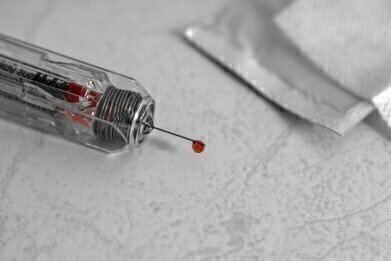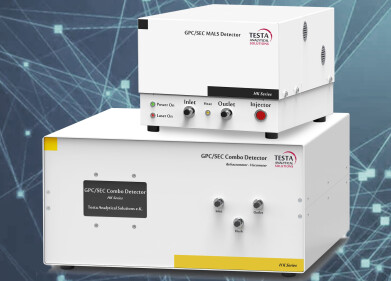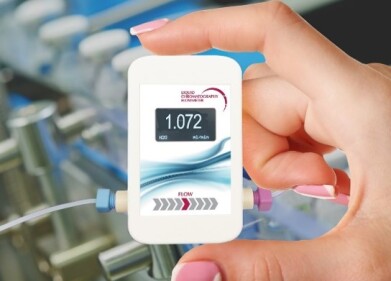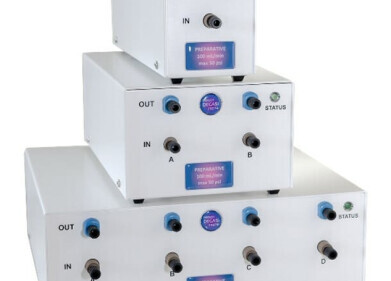Chromatography
Can We Make Artificial Blood?
Apr 01 2017
Blood – it’s a wonderful thing. It makes up approximately 7 percent of your body, with around ten pints in the average human adult. And while some people can’t stand the stuff, it’s hugely important for your body to function properly. There are millions of blood transfusions every day to keep people alive. As a result, doctors need more and more blood donors to come forward and help out. But can we solve the supply problem artificially?
The all-important red stuff
So what is artificial blood? Of course, we’re not talking about the fake blood they have in theatre and film. While red food colouring might look great for stunts, it can’t fulfil the function needed for medical purposes. Instead, scientists are looking at ways of producing red blood cells which make up blood.
Previously, efforts have induced stem cells to form red blood cells. The problem, however, was that this method produced around 50,000 cells each time – nowhere near the huge amount needed for a single transfusion.
Changing the approach
However, in a recent study, researchers at the University of Bristol have made something of a breakthrough. Instead of using stem cells to develop blood cells, they have created immortalised erythroid cell lines that can create the blood cells itself. Once the cell lines are created, using adult stem cells, they can be used to produce red blood cells indefinitely.
It’s also beneficial because it reduces the risk of infection. There is a growing number of diseases and viruses, such as HIV, Hepatitis A, B and C, and Malaria, that can be spread in blood transfusions. “Globally, there is a need for an alternative red cell product,” says Bristol’s Dr Jan Frayne. “Cultured red blood cells have advantages over donor blood, such as reduced risk of infectious disease transmission.”
The only problem with this breakthrough is the price. It costs far more to produce blood in this way than using donations. As a result, initial uses will likely be focussed on the most underrepresented blood types.
Analysing blood's building blocks
As well as supplying blood for transfusions, it’s important for scientists to look at the processes that the body uses to produce blood. Amino acids are one of the building blocks in that process, and they are traditionally analysed using the Moore and Stein method. However, as discussed in ‘Traditional Amino Acid Analysis. What has Changed?’, there is a new era of amino acid analysis which removes some of the traditional difficulties.
Digital Edition
Lab Asia 31.2 April 2024
April 2024
In This Edition Chromatography Articles - Approaches to troubleshooting an SPE method for the analysis of oligonucleotides (pt i) - High-precision liquid flow processes demand full fluidic c...
View all digital editions
Events
Apr 22 2024 Marrakech, Morroco
Making Pharmaceuticals Exhibition & Conference
Apr 23 2024 Coventry, UK
Apr 23 2024 Kintex, South Korea
Apr 23 2024 Seoul, South Korea
Apr 24 2024 Jakarta, Indonesia




.jpg)













